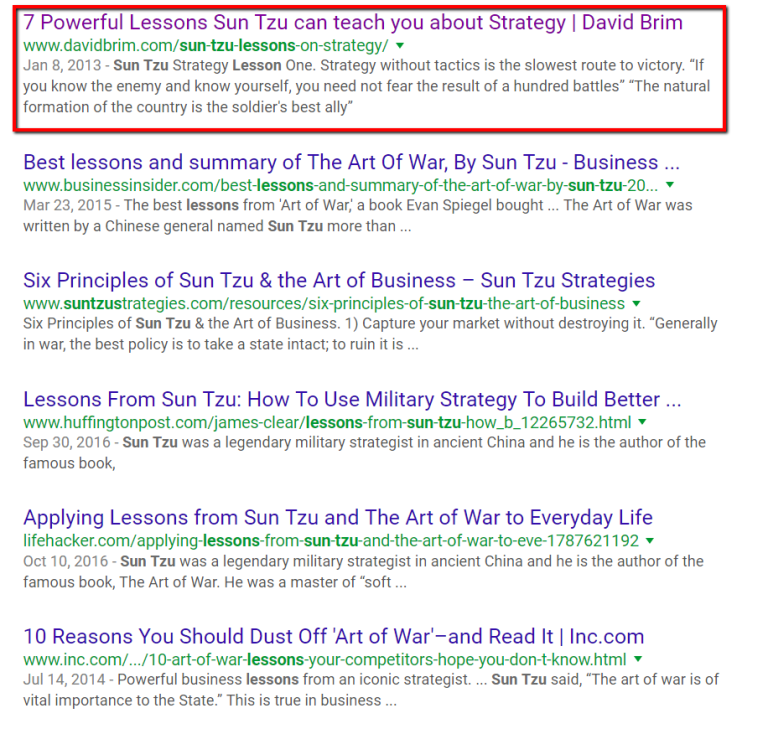6 BIG BENEFITS of Creating Awesome Content
Over three years ago I decided to write a blog post sharing 7 Powerful Lessons Sun Tzu can teach you about Strategy. In that post I researched insights from ancient Chinese philosopher and military strategist Sun Tzu and shared how these lessons can help business professionals win the battle for customers in their respective marketplace. In…


